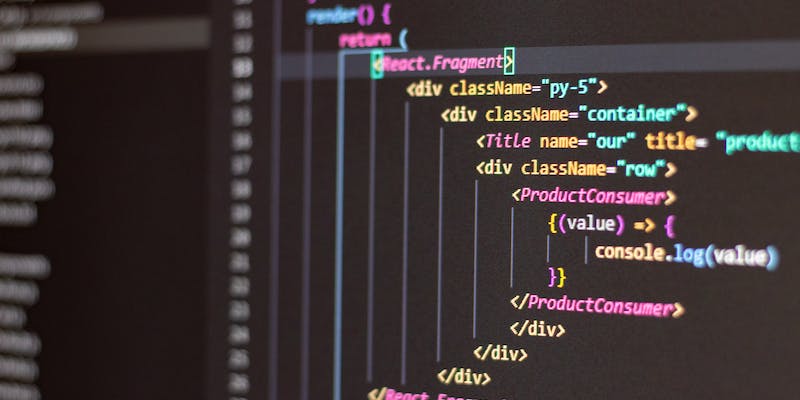The rapid rise of Web3 has brought about numerous opportunities for innovation and financial growth. However, along with these advancements comes an increasing number of cyber-attacks aiming to exploit vulnerabilities within the decentralized web. In 2023 alone, these attacks induced staggering financial losses, amounting to a jaw-dropping $1.84 billion across 751 incidents. Examining the data surrounding these breaches is crucial in understanding the gravity of the situation and emphasizing the need for enhanced security measures.
Cyber-Attack Costs in 2023
The financial toll of cyber-attacks on Web3 in 2023 amounted to a staggering $1.84 billion. This amount represents the cumulative losses suffered by organizations across 751 incidents. With an average cost per incident standing at $2.45 million, it is evident that these attacks pose a significant threat to the financial well-being of organizations.
Although the financial blow inflicted by cyber-attacks remained substantial, there was a notable 51% decline in losses compared to the previous year. This decline may be attributed to increased security measures and heightened awareness among Web3 stakeholders, demonstrating progress in mitigating these attacks.
Analysis of Cost by Time Period
The third quarter of 2023 emerged as a particularly devastating period, accounting for $686.5 million lost from a staggering 183 hacks. Further examination is crucial to uncover any emerging trends or vulnerabilities that may have contributed to this increase in attacks and subsequent losses.
Most Expensive Attack Vectors
Among the attack vectors, private key compromise proved to be the most financially damaging to organizations. With $880.9 million lost across 47 incidents, it is evident that securing private keys is of utmost importance to protect against substantial financial losses.
Exit scams, where developers abandon cryptocurrency projects, were the most common method used to target Web3. This highlights the need for improved due diligence when participating in new projects within the decentralized space.
Code vulnerabilities and phishing attacks also played a significant role in the financial losses suffered by organizations operating on Web3. Code vulnerabilities accounted for losses of $291 million, while phishing scams resulted in $207 million in losses. Strengthening code integrity and promoting cybersecurity awareness becomes essential in combating these threats.
Continual Threats in Web3
Malicious software known as “wallet drainers” continued to pose a persistent threat in Web3 during 2023. Organizations must remain vigilant in safeguarding their wallets and adopting robust security protocols to counter these malicious attacks.
Security breaches affecting multiple chains resulted in substantial losses totaling $799 million across 35 incidents. Identifying vulnerabilities that transcend individual platforms and implementing comprehensive security measures are pivotal in preventing such widespread financial implications.
Retroactive Bug Bounties
A notable trend in 2023 was the rise of “retroactive bug bounties.” This approach enabled the identification and return of stolen funds, resulting in the reclaiming of $219 million across 36 events. This innovative solution showcases the collaborative effort among developers and stakeholders to rectify and recover from cyberattacks.
As the realm of Web3 continues to evolve, so do the methods employed by cybercriminals. The financial impacts of cyber-attacks on Web3 in 2023, totaling $1.84 billion across 751 incidents, underscore the urgency for enhanced security measures. By analyzing attack patterns, securing private keys, addressing code vulnerabilities, and promoting cybersecurity awareness, organizations can fortify their defenses in the face of ever-evolving cyber threats. Through a collective effort, stakeholders within the Web3 ecosystem can pave the way for a more resilient and secure decentralized future.

